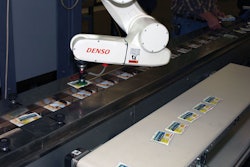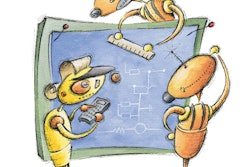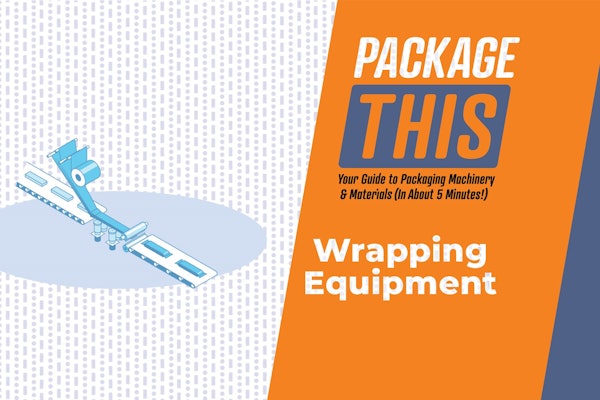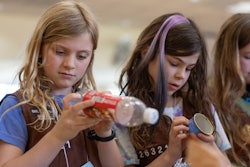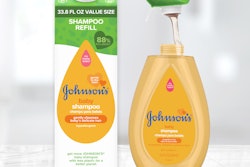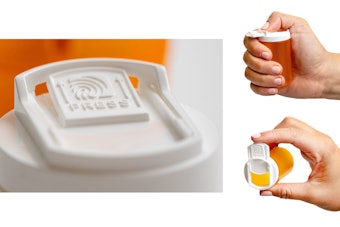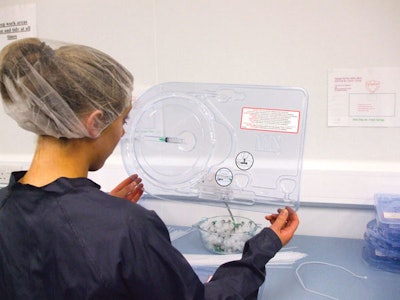
“Don’t fall back on your anti-counterfeiting efforts in a down economy; counterfeiters love this economy,” says David S. Howard, and he should know. He’s director of product protection for Johnson & Johnson, a marketer of numerous consumer, medical device and diagnostic, and pharmaceutical products and brands whose market share ranks first or second. As a result, the higher margins and volumes of these products and brands make them more susceptible to counterfeiting.
Howard offered the advice during his presentation at the June 9 Medical Device Packaging Update during MD&M East in New York. During his speech, “Securing Medical Device Brand Image and Product Integrity Using the Latest Packaging Materials and Technologies,” Howard delivered the following points:
• Counterfeiters continue to grow in sophistication. J&J found evidence of this when it uncovered counterfeit product in Vietnam. Howard said the blister package materials in the counterfeit packaging “were superior to our own.” He noted that financial gain continues to motivate organized crime to become more actively involved in counterfeiting.
• Concerned that counterfeiters may be buying legitimate packaging machinery for illegal purposes, Howard questioned if machinery manufacturers qualify the companies purchasing their equipment, or do they consider every sale a good sale?
• Another evasive tack being taken by counterfeiters, he pointed out, is that they operate more frequently on a “hit-and-run” basis, working in smaller quantities so that by the time a company or organization is on their trail, they’re long gone.
• Technology is an enabler, not a solution. No single technology can assure a product will not be counterfeited. Layers must be utilized and features must be changed. Stay nimble. No technology should be deployed that cannot be updated at a moment’s notice.
• It’s not necessarily wise to share information on your Web site touting that you’ve found counterfeit product. Counterfeiters read your Web site and can learn valuable details to avoid future detection.
• Counterfeiters typically employ a black light as a way to look for anti-counterfeit measures on or in a package.
Howard openly sought medical device manufacturers to partner with J&J to battle the ongoing counterfeiting dilemma. “This is not an area where we are competing,” he said. “We don’t have to give away any trade secrets. If our products are at risk, your products could be at risk. If our patients and customers are at risk, your patients and customers are at risk. This is an area for collaboration toward resolution, and if you would like to stamp out this insidious issue, please contact me” at [email protected].
Nurses evaluate medical device packaging
Jennifer Neid, now with T.O. Plastics (www.toplastics.com), also made a presentation during the Medical Device Packaging Update in New York. “Who’s Opening Our Packages? And what do they want? An overview of HealthPack’s AORN Surveys” provided a summary of the recent survey that discussed what type of packaging works and what doesn’t, according to more than 100 respondents from the Assn. of periOperative Nurses (AORN, www.aorn.org).
Neid noted that a majority of respondents were 51 to 60 years of age, with growing visual challenges in reading printed copy on packs and labels, and with arthritis and related concerns that make it more difficult to open and handle packages in the operating room. Moreover, there seems to exist a belief that the OR is an area where aging professionals go to wind down their careers, while younger workers seek opportunities in emergency room (ER) areas.
One dichotomy of note: Survey respondents prefer double-barrier pouches as a way to assure sterility of the product inside, yet they also seek more environmentally friendly packaging. Despite the latter preference, most AORN respondents admitted packages were disposed of in the trash since recycling options are rare.
Two annual AORN surveys have been conducted to this point. Neid hinted that survey frequency could change in the future. The opinions of nurses beyond the OR may also be sought. Although Neid expressed concern about the number of survey respondents, the fact that the two surveys have yielded more than 260 insights into packaging used in the OR gives medical device manufacturers more information to consider in developing packaging.
How influential survey input may be in package development is uncertain, however, given that these nurses are unlikely to have purchasing authority. Does this mean purchasing personnel make decisions based on cost rather than functionality? And these opinions could vary among nurses working within different areas of a hospital or clinic, from hospital to hospital, and between older and newer workers.

